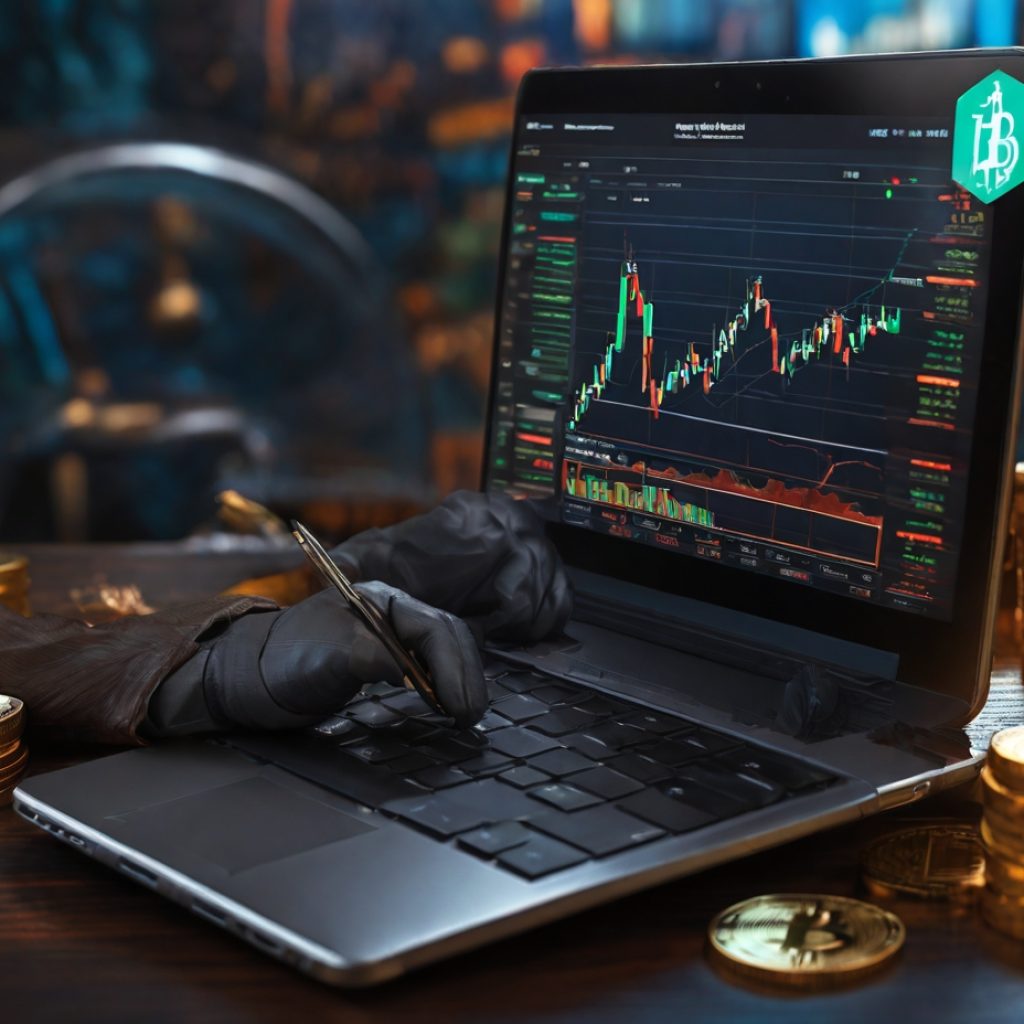The mere mention of an economic revolution might raise eyebrows, but there’s a case to be made that the U.S. is on the brink of something big.
Forget the worn-out debates about soft landings or potential downturns; let’s dive into what might very well be an era of economic acceleration for America.
Catalysts Behind the U.S. Shift
Beyond the usual chatter about inflation and economic downturns, several drivers suggest the U.S. is gearing up for prolonged growth. The first is corporate resilience. Far from being weakened by the pandemic, businesses have honed their adaptability.
CEOs, once scrambling to make ends meet, are now thriving in this volatile environment. Their confidence has surged, with indexes charting their optimism at levels unseen in over a year.
Next, consider the labor market dynamics. While detractors might claim that empowering workers leads to business downturns, evidence suggests the opposite.
Workers are riding high on the wave of a tight labor market, enjoying better pay and diverse job opportunities. This newfound empowerment, coupled with businesses valuing their workforce more than ever, paints a promising picture.
Technology and Spending: The Dynamic Duo
It’s impossible to talk about economic growth without giving a nod to information technology. This isn’t just about flashy gadgets; it’s about how companies, big players like Walmart and Target, can pivot on a dime.
We’re in an age where purchasing orders are executed in minutes, not weeks. This newfound efficiency is a win-win. Businesses safeguard their bottom lines, and employees enjoy greater job security.
The consumer, too, has not been left behind. Empowered by smart policy moves since 2019, there’s a noticeable uptick in spending.
Real wages, especially for those at the bottom, have seen consistent growth, outpacing inflation. The result? Households with higher cash balances, ready and willing to spend, undeterred by the specter of rising prices.
Innovation and Investment: Future Growth’s Bedrock
Innovation isn’t just a buzzword; it’s shaping the business landscape. Mergers and acquisitions have evolved from mere volume and market expansions to fueling innovation. We’re seeing retail giants not just acquiring companies but capabilities – like advanced same-day delivery tech.
Then there’s the behemoth of strategic government investments. While skeptics might downplay its importance, one cannot ignore the yet-to-be-tapped potential of the nearly $3tn in federal funding.
Couple this with the private sector’s eagerness for more public-private collaborations, and the picture becomes clearer.
Take Intel’s massive $100bn investment in Ohio’s new semiconductor hub, fueled by federal tax credits. It’s an exemplar of what’s possible when public policy meets private enterprise.
But let’s not don rose-tinted glasses just yet. Challenges remain. Inflation still looms large, and many policy issues are unresolved. Short-term risks that could usher in economic volatility cannot be dismissed.
However, the signs are auspicious. Instead of dreading the potential pitfalls of a recession, perhaps it’s high time we shifted the conversation.
The focus should be on the longevity and robustness of the upcoming growth phase. After all, the indications suggest an economic environment that doesn’t just appease investors but vindicates recent policy decisions.
So, is the U.S. teetering on the edge of an economic revolution? The signals are hard to ignore. Only time will tell if this prediction holds water, but for now, the nation seems set for an intriguing economic journey.





